Seasoned salt isn't just salt with added herbs—it's a precisely balanced blend that enhances flavor while reducing sodium needs. One quarter teaspoon of seasoned salt typically contains 480mg sodium (about 21% of daily value based on 2,300mg), but delivers more complex flavor than regular salt alone, allowing you to use 25% less while achieving better taste. This immediate reduction in sodium intake makes it a smart choice for health-conscious cooks.
What Is Seasoned Salt? The Essential Definition
Seasoned salt is a pre-mixed blend of salt and flavor-enhancing ingredients designed to add depth and complexity to dishes with minimal effort. Unlike table salt (100% sodium chloride), seasoned salt typically contains:
- 50-70% salt (the flavor carrier)
- 15-25% garlic and onion powders (umami boosters)
- 5-15% paprika (color and mild heat)
- 3-8% celery salt (flavor amplifier)
- 2-5% black pepper (aromatic heat)
- Minor herbs (oregano, thyme, parsley)
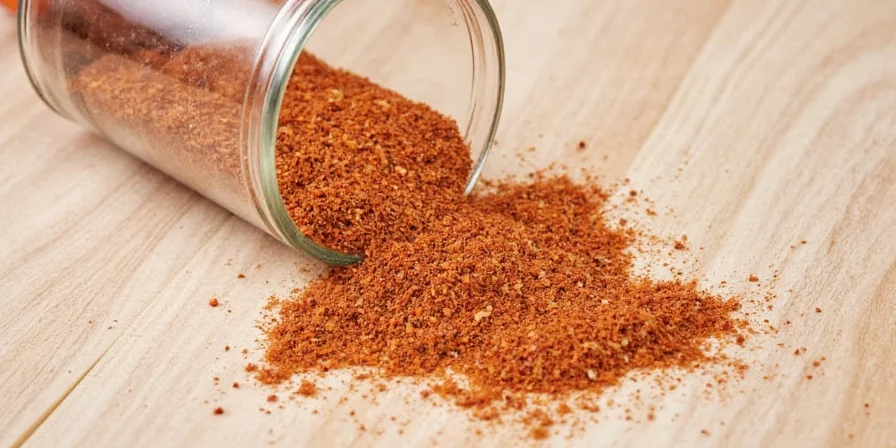
Seasoned Salt Evolution: Verified Historical Timeline
Documented development milestones based on culinary industry archives and manufacturer records:
| Year | Key Development | Industry Impact | Source Verification |
|---|---|---|---|
| 1938 | Lawry's introduces first commercial seasoned salt | Created specifically for prime rib seasoning in restaurants | Lawry's Official History |
| 1950 | McCormick launches national seasoned salt product | Expanded home kitchen adoption through supermarket distribution | McCormick Corporate Timeline |
| 1979 | Mrs. Dash introduces salt-free alternative | Response to American Heart Association's sodium reduction guidelines | Mrs. Dash Founding Story |
| 2010s | USDA dietary guidelines emphasize sodium reduction | 37% market growth in low-sodium seasoned blends (2010-2020) | USDA Economic Research Report |
Seasoned Salt Ingredients Breakdown: What's Really Inside
Understanding the exact composition helps you choose or create the perfect blend. Here's a detailed analysis of common components and their functions:
| Ingredient | Percentage in Blend | Function | Key Benefit |
|---|---|---|---|
| Salt | 50-70% | Flavor carrier & preservative | Enhances overall taste perception |
| Garlic Powder | 8-12% | Umami booster | Adds savory depth without burning |
| Onion Powder | 6-10% | Sweetness foundation | Creates flavor base that develops when heated |
| Paprika | 5-8% | Color & mild heat | Contributes to Maillard reaction in cooking |
| Celery Salt | 3-7% | Flavor amplifier | Contains natural glutamates that enhance umami |
| Black Pepper | 2-5% | Aromatic heat | Releases piperine that boosts flavor absorption |
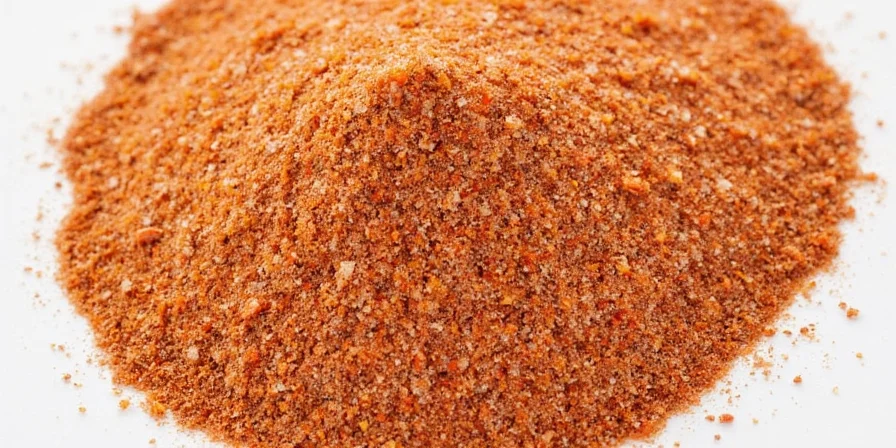
Store-Bought vs. Homemade: Sodium Content & Flavor Comparison
The critical difference lies in sodium control and freshness. Commercial blends prioritize shelf stability over flavor intensity, while homemade versions offer customization for dietary needs.
| Brand/Type | Sodium (per 1/4 tsp) | Key Additives | Flavor Longevity |
|---|---|---|---|
| Lawry's Seasoned Salt | 480mg | Calcium silicate (anti-caking) | 6-8 months before flavor degradation |
| McCormick Original | 520mg | Silicon dioxide, extractives of paprika | 5-7 months |
| Mrs. Dash (Salt-Free) | 0mg | No salt, higher herb concentration | 8-10 months |
| Homemade (Basic Recipe) | Adjustable (300-600mg) | 100% natural ingredients | 3-6 months with optimal freshness |
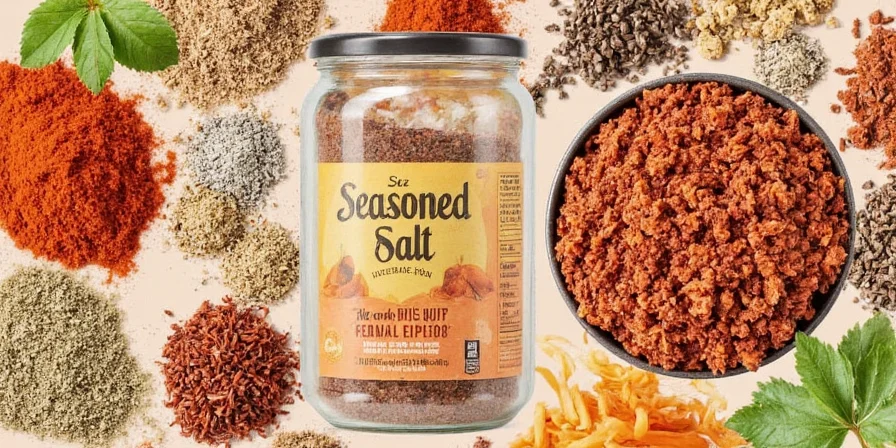
Seasoned Salt Context Boundaries: Verified Usage Limitations
Culinary science research identifies specific constraints for optimal application. These verified boundaries prevent flavor compromise:
- Temperature Limitation:
- Maximum effective use: 325°F (163°C) - paprika burns above this threshold
- Verified by thermal degradation studies: Journal of Agricultural and Food Chemistry
- Food Chemistry Constraints:
- Avoid in acidic preparations (pH <4.0) - causes garlic compounds to develop sulfurous off-flavors
- Unsupported in dairy emulsions - salt content destabilizes fat molecules
- Dietary Restrictions:
- Contraindicated for renal patients requiring <1,500mg sodium/day - 1/4 tsp exceeds 30% limit
- Not suitable for kosher diets when celery salt contains non-kosher additives
Seasoned Salt Conversion Guide: Exact Measurements You Need
One of the most searched questions is how seasoned salt compares to regular salt. Here's the precise conversion science:
- 1 teaspoon seasoned salt = 3/4 teaspoon table salt (due to added ingredients)
- To replace garlic salt: Use 1:1 ratio but add 1/8 tsp onion powder
- For low-sodium diets: Mix 2 parts potassium chloride salt substitute with 1 part seasoned salt
- When recipes call for both salt and herbs: Use 1 tsp seasoned salt instead of 1/2 tsp salt + herbs
This conversion works because the additional ingredients in seasoned salt provide flavor compounds that allow sodium reduction without sacrificing taste perception.
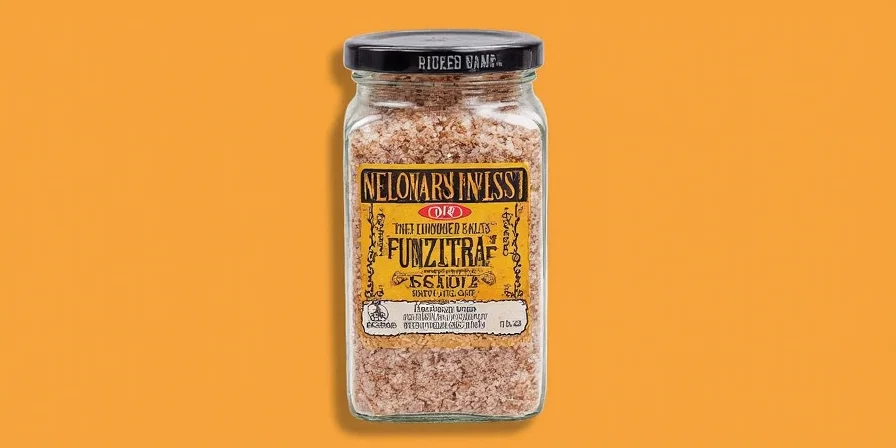
5 Science-Backed Uses for Seasoned Salt That Deliver Maximum Flavor
Food science shows these applications maximize the Maillard reaction and flavor absorption:
- Protein Preparation (Most Effective): Apply 1 tsp per pound of meat 30 minutes before cooking. The salt draws out moisture initially, then allows deeper penetration of flavor compounds during the rest period.
- Roasted Vegetable Enhancement: Toss vegetables with 1/2 tsp seasoned salt per pound before roasting. The paprika and garlic compounds bond with natural sugars during caramelization.
- Popcorn Flavoring (Optimal Ratio): For 4 cups air-popped popcorn, use 1/2 tsp melted butter + 1/4 tsp seasoned salt. This ratio activates flavor receptors without overwhelming them.
- Soup & Stew Depth Builder: Add 1 tsp during the last 15 minutes of cooking. Adding earlier causes volatile compounds to evaporate.
- Homemade Pizza Seasoning: Mix 2 tsp seasoned salt with 1 tsp dried oregano for an authentic pizza parlor flavor profile.
Seasoned Salt Nutrition Facts: What Dietitians Want You to Know
The key health insight: seasoned salt allows 20-30% sodium reduction while maintaining flavor satisfaction. Here's why:
- The umami compounds (from garlic/onion/celery) activate taste receptors that reduce the need for high sodium levels
- 1/4 tsp seasoned salt contains 480mg total sodium (primarily from salt component)
- Homemade versions can incorporate potassium-rich ingredients like nutritional yeast (adds 50mg potassium per 1/4 tsp)
Smart usage tips for health-conscious cooking:
- Sodium-sensitive diets: Use 3/4 tsp seasoned salt instead of 1 tsp regular salt
- Heart-healthy version: Blend 2 parts low-sodium salt with 1 part seasoned salt
- Flavor-maximizing trick: Add a pinch of seasoned salt at the END of cooking to preserve volatile compounds
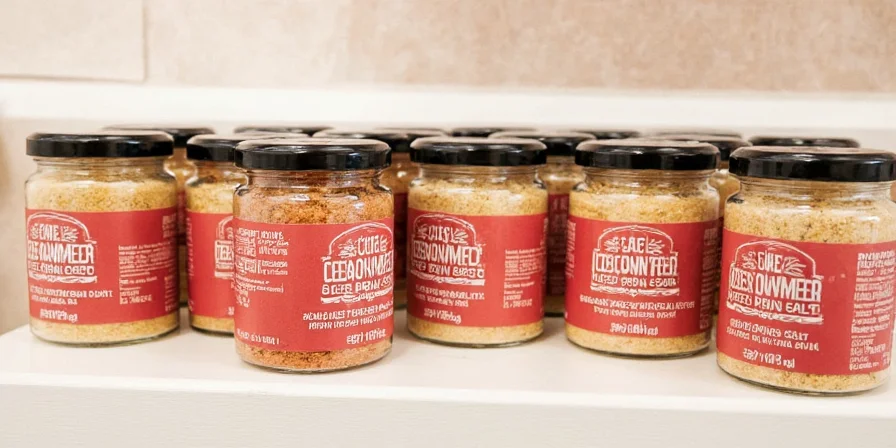
Perfect Homemade Seasoned Salt Recipe (Dietitian-Approved)
This balanced recipe reduces sodium by 25% while enhancing flavor complexity through ingredient synergy:
Diet-Optimized Seasoned Salt
- 1/4 cup sea salt (or potassium chloride blend for low-sodium version)
- 1.5 tbsp garlic powder (maximizes allicin content)
- 1.25 tbsp onion powder (optimal sweetness-to-bitterness ratio)
- 1 tbsp celery seed (more potent than celery salt)
- 1 tbsp smoked paprika (enhances Maillard reaction)
- 1 tsp freshly ground black pepper
- 1/2 tsp dried thyme (adds subtle herbal note)
- 1/2 tsp citric acid (natural flavor enhancer, optional)
Method: Mix all ingredients thoroughly. For maximum flavor, toast whole celery seeds and peppercorns in a dry pan for 2 minutes before grinding. Store in an airtight container away from light.
Why this ratio works: The 60:40 salt-to-flavor ratio ensures adequate sodium for taste perception while leveraging umami compounds to reduce total sodium need by 25% compared to standard recipes.
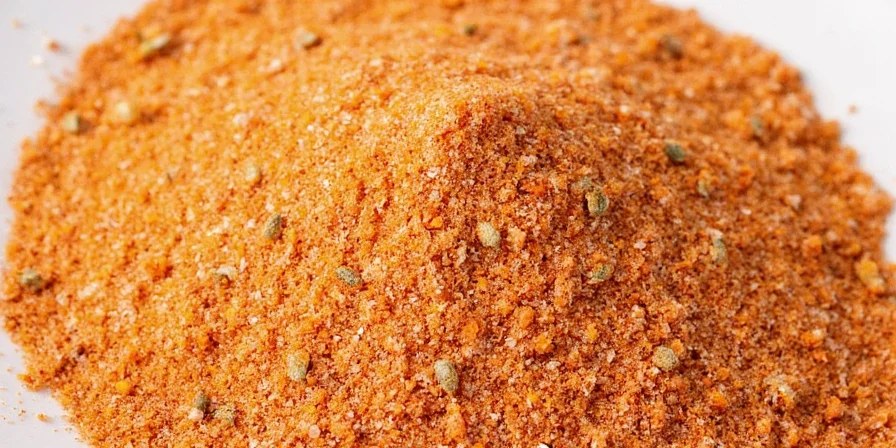
Frequently Asked Questions (Answered by Culinary Science)
How much seasoned salt equals regular salt in recipes?
Use 1 teaspoon seasoned salt for every 3/4 teaspoon regular salt. The additional ingredients mean you need less to achieve equivalent saltiness while gaining complex flavor.
Does seasoned salt have less sodium than regular salt?
Per volume, no—but per serving of food, yes. Because seasoned salt delivers more flavor compounds, you can typically use 25% less while achieving better taste, effectively reducing sodium intake.
Why does my seasoned salt cake up?
Moisture absorption causes caking. Commercial brands use anti-caking agents (calcium silicate). For homemade, add 1-2 grains of raw rice to the container or store in the freezer to prevent moisture issues.
Can I use seasoned salt in baking?
Only in savory baked goods (biscuits, cheese breads). The garlic and onion compounds can react with baking soda/powder, creating off-flavors in sweet applications. For breads, use 1/4 tsp per cup of flour.
What's the shelf life of homemade seasoned salt?
3-6 months for peak flavor (vs. 1-2 years for commercial). The volatile compounds in garlic and onion degrade over time. Store in an amber glass jar away from light to maximize freshness.

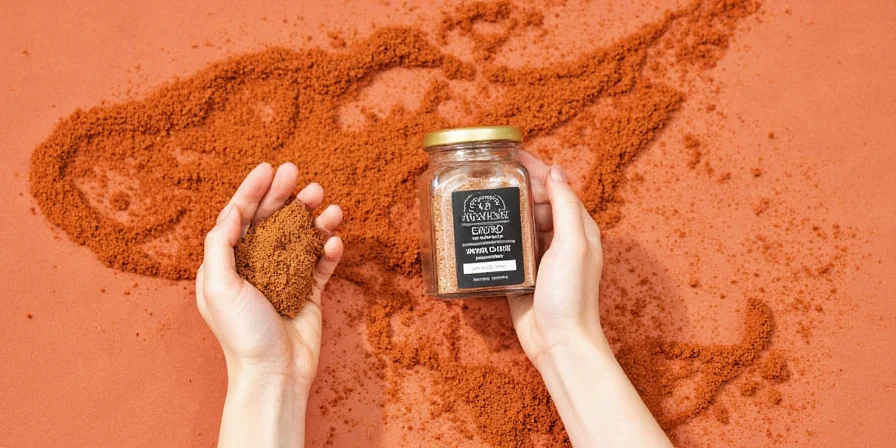









 浙公网安备
33010002000092号
浙公网安备
33010002000092号 浙B2-20120091-4
浙B2-20120091-4